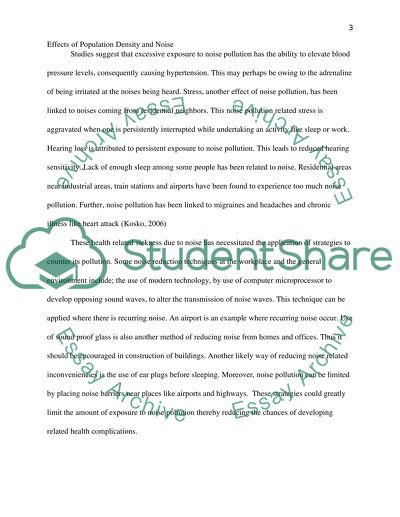Cite this document
(“Population Density and Noise Research Paper Example | Topics and Well Written Essays - 1500 words”, n.d.)
Retrieved from https://studentshare.org/psychology/1448284-the-effects-of-population-density-and-noise-paper
Retrieved from https://studentshare.org/psychology/1448284-the-effects-of-population-density-and-noise-paper
(Population Density and Noise Research Paper Example | Topics and Well Written Essays - 1500 Words)
https://studentshare.org/psychology/1448284-the-effects-of-population-density-and-noise-paper.
https://studentshare.org/psychology/1448284-the-effects-of-population-density-and-noise-paper.
“Population Density and Noise Research Paper Example | Topics and Well Written Essays - 1500 Words”, n.d. https://studentshare.org/psychology/1448284-the-effects-of-population-density-and-noise-paper.


